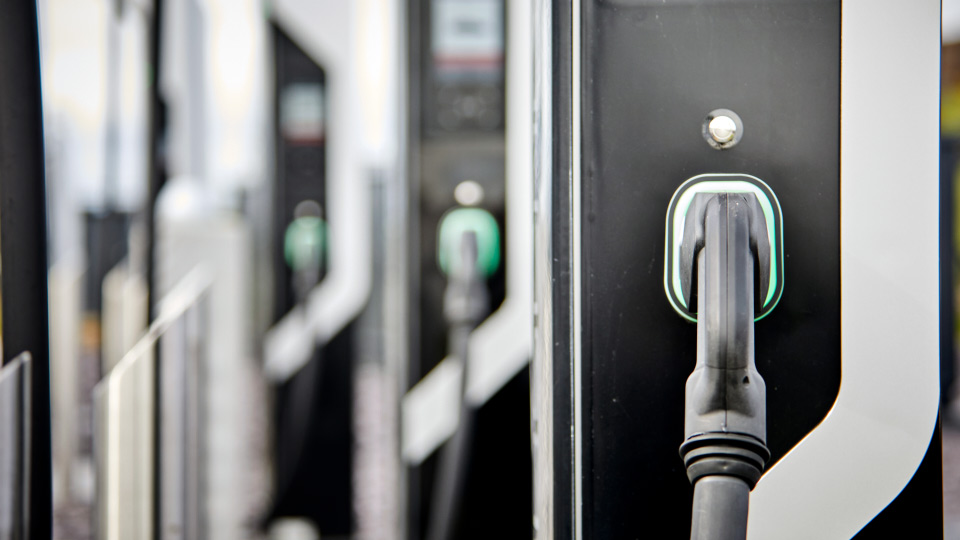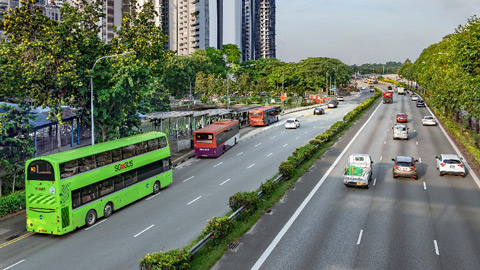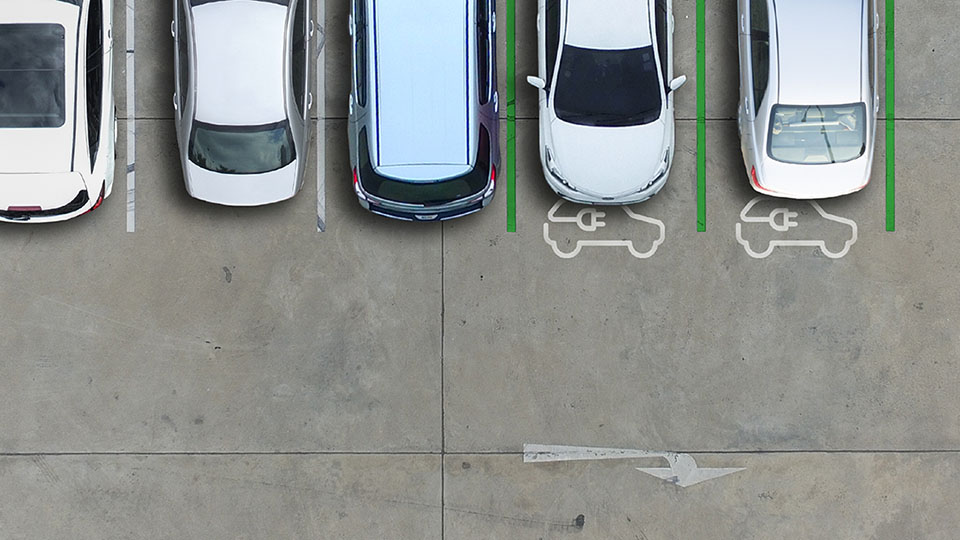Maximizing Fleet Efficiency in the Philippines: The Role of Telematics in Logistics


The transport and logistics sector in Southeast Asia (SEA) has always been challenging due to the region's unique landscapes, dense urban areas, and inadequate infrastructure. In the Philippines, this sector plays a crucial role in supporting the country's economy, particularly as the country continues to experience rapid growth in e-commerce, manufacturing, and logistics. With over 7,000 islands, the Philippines faces transportation challenges, especially in cities like Metro Manila, where road congestion causes delays and higher costs.
As the demand for efficiency and productivity continues to grow, businesses are turning to innovative technologies such as telematics to optimize their operations on the road, reduce costs, and enhance overall productivity. Here are some key benefits:
1. Real-Time Fleet Management
One of the most significant benefits of telematics is the ability to monitor and manage a fleet in real-time. With a telematics device, you can track GPS location, and vehicle speed, and monitor fuel usage and driving behaviors. This data gives fleet managers a comprehensive view of their operations, allowing them to make quicker, more informed business decisions. In the Philippines, where traffic congestion is a major issue in urban areas, real-time route optimization becomes crucial. This is where route optimization and telematics solutions can work together to identify the best routes to help drivers avoid traffic jams, improve delivery times, and reduce fuel consumption.
2. Fuel Management and Cost Reduction
The logistics costs are generally high in most SEA countries. The current logistics cost in the Philippines comprises 27.16 % of salesin the country. Rising fuel prices are a major concern for businesses in the Philippines, especially in transportation, as the region’s fuel consumption exceeds the global average. Telematics can monitor fuel consumption, providing insights into how fuel is being used and identifying inefficiencies. We introduced Fuel Harness in the SEA region to provide fuel-level data previously unavailable on commercial vehicles. With these insights, businesses can identify underperforming drivers or vehicles that are consuming more fuel than necessary, and in turn, reduce operational costs.
3. Enhanced Driver Performance and Safety
Many did not realize that driver behavior is a critical aspect that impacts the fleet’s lifespan, business productivity levels, and operating costs. For example, fuel spend and maintenance costs are the main consequences of bad driver behavior. Telematics can monitor metrics such as speed, braking, acceleration, and idling, helping fleet managers identify unsafe driving behaviors. In the Philippines, where road conditions vary significantly, from congested cities to rural areas with poor infrastructure, promoting driver safety is essential. By using telematics, businesses can proactively manage driver performance, and reduce the risk of collisions. Geotab introduced our new Collision Detection feature in June 2024, which is a safety feature that uses data models to analyze accelerometer and GPS data. The new Collision Detection feature reports potential collisions detected by telematics data and allows fleet safety managers to monitor, act, and take measures to mitigate risks.

4. Predictive Maintenance
Finally, unplanned vehicle downtime can be one of the most costly aspects of running a fleet. Telematics can monitor the health of vehicles by tracking key parameters such as engine performance, tire pressure, and battery life. By leveraging these insights, businesses can identify potential issues before they lead to breakdowns, reducing downtime and repair costs. Geotab's new Work Order Management, launching in Beta, is a comprehensive solution designed to streamline fleet maintenance needs within a single, integrated platform. Fleet managers can gain a centralized overview of all scheduled maintenance activities, allowing them to track progress and prioritize tasks effectively.

Road congestion in major urban centers like Metro Manila can lead to delays, inefficiencies, and higher operational costs. With the right telematics solution, you can optimize operations, reduce costs, and boost productivity.
Schedule a demo to learn how simple it is to use our web-based software and fleet-tracking devices to manage your fleet .

Senior Regional Manager, APAC
Related posts

Solving Indonesia's Transportation Challenges with Geotab
March 10, 2025
2 minute read


Is Southeast Asia ready for the electric vehicle (EV) evolution?
April 26, 2024
2 minute read


Revolutionising fleet connectivity: The transformative impact of 5G as 3G networks bow out
March 20, 2024
3 minute read

A successful electric fleet strategy starts with optimising fleet operations
September 5, 2023
4 minute read
